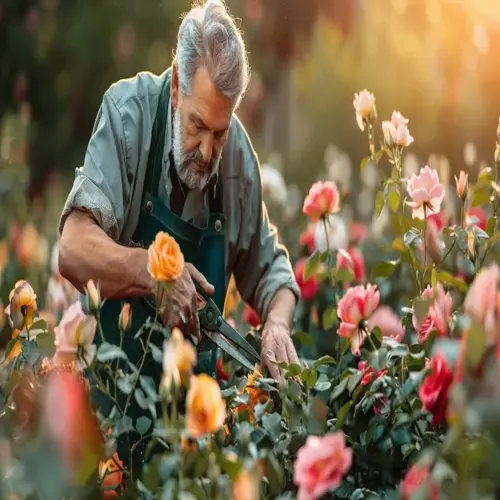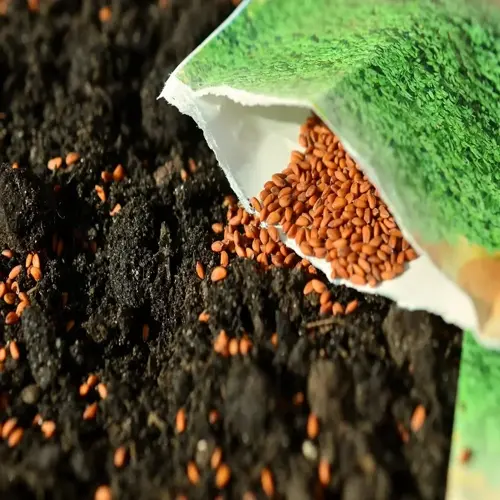What tools are safe for scarification?

Written by
Julia Anderson
Reviewed by
Prof. Charles Hartman, Ph.D.Choosing the right scarification tools avoids seed injury and maximizes germination rate. Each type of seed requires a special tool that varies in size and hardness of the coat. Choosing the wrong tools can crush embryos or sabotage your treatment. Using tools optimized for seed characteristics will enable your gardening projects to yield the best results.
Small Seeds
- Fine-grit sandpaper for milkweed and poppies
- Emery boards with gentle pressure
- Avoid coarse abrasives that shred delicate coats
Medium Seeds
- Nail files for nasturtiums and sweet peas
- Diamond-coated plates for controlled abrasion
- Maintain light pressure to prevent inner damage
Large Seeds
- Sharp knives for beans and morning glories
- Needle-nose pliers for controlled nicking
- Cut away from fingers for safety
Hard-Coat Alternatives
- Boiling water for extremely resistant seeds
- Thermal shock treatment mimics natural fire
- Five-second dips followed by lukewarm soaking
Fine-grit sandpaper is ideal for tiny seeds. 220+ grit works well for milkweed or poppy seeds. Rub in small circular motions over a tray. Stop when you see the pale inner layer. This prevents inhalation and embryo damage throughout the processing course.
Medium seeds need controlled pressure instruments. Nail files make precise cuts for nasturtiums. Diamond-coated disks enable uniform abrasion. When I prepare medium seeds with tweezers, I get better control. Stroke the seed only in one direction. Inspect under a bright light regularly.
Use a sharp blade to cut large bean seeds. Hobby knives will also work... they make little nicks. Always move the blade away from your fingers. Place a cutting mat underneath. To keep the seed still, use needle-nose pliers. Use single cuts whenever possible, rather than gouges. You want to protect the embryo's internal structure.
Boiling water acts as thermal alternative. To provide a level of safety, we always use stainless steel tongs. Blanch morning glory seeds for five seconds only. Immediately place them in 70°F water. This simulates their natural adaptation using fire. Always test small amounts before treating the full batch..
Practicing safety ensures that both the gardener and the seeds are protected. Use safety glasses while using mechanical scarification. Use proper ventilation when sanding. Keep a first aid kit available if you plan to use knives. I have tweezers, magnifiers, and labeled containers for processing in my toolkit.
Read the full article: How to Scarify Seeds: A Complete Guide

